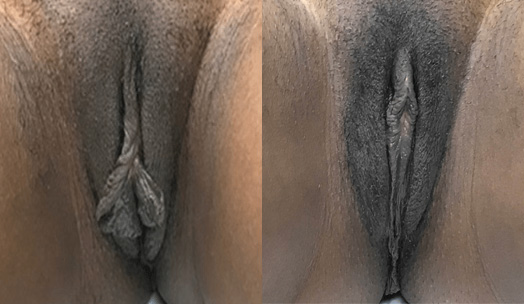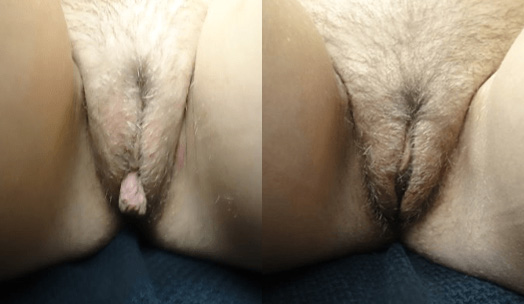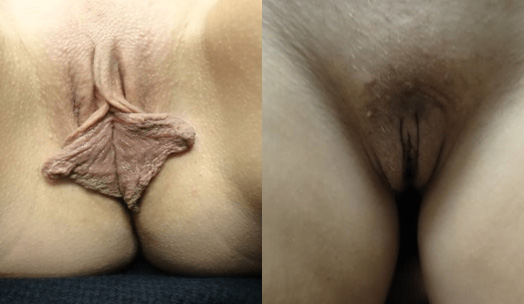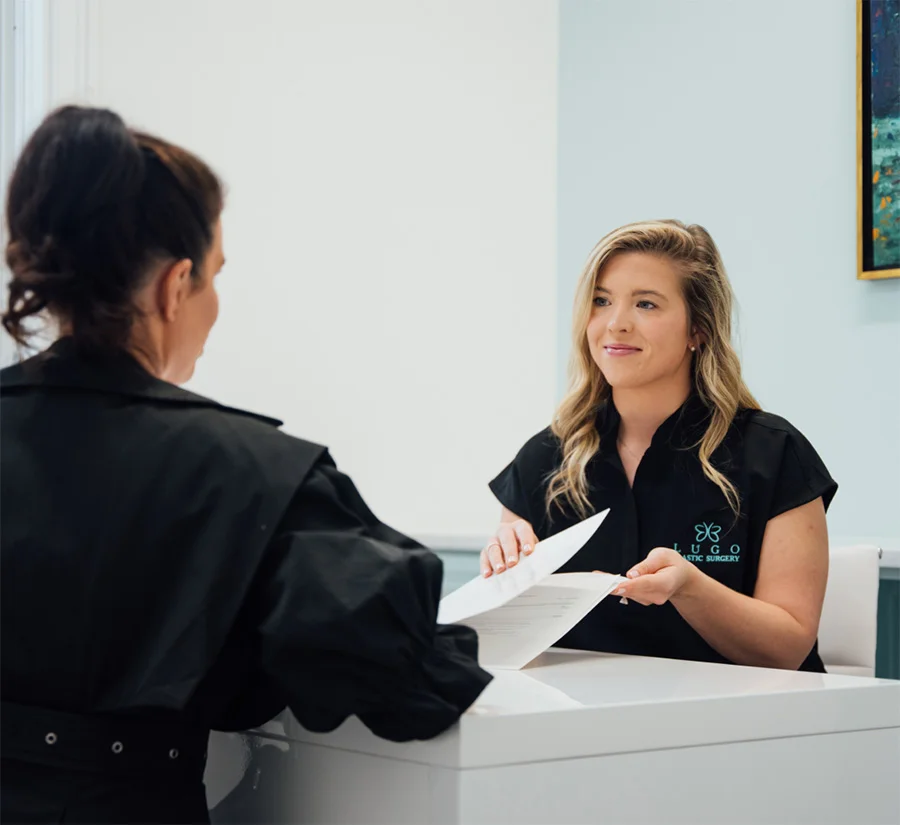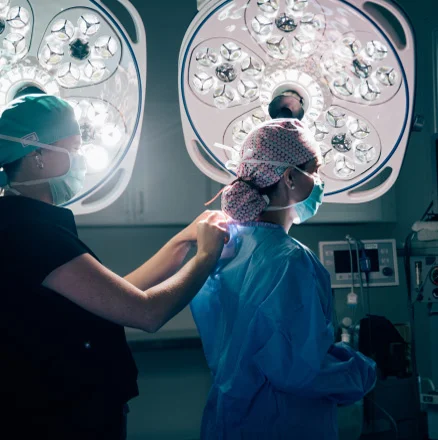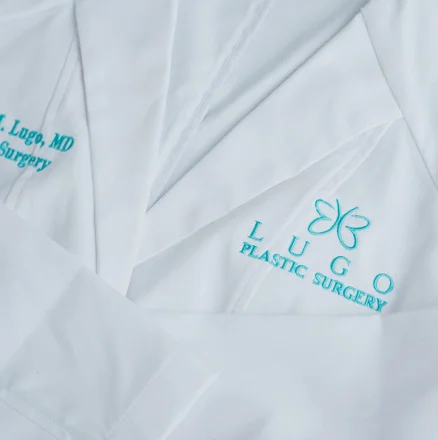What is
Labiaplasty?
Labiaplasty is a cosmetic procedure that focuses on reducing and reshaping the labia minora—the inner folds of skin surrounding the vaginal opening. It’s often chosen by individuals who experience discomfort from excess tissue or who are simply seeking a more balanced appearance. In some cases, the procedure may also involve the careful removal of excess skin around the clitoral hood to improve both comfort and aesthetics.
Labiaplasty aims to correct the shape and excess volume of the labia. Patients seek out the surgery for the following reasons:
- To improve the shape.
- To correct excess tissue.
- To address the difference in shape or volume between the two labia, where there is asymmetry.

